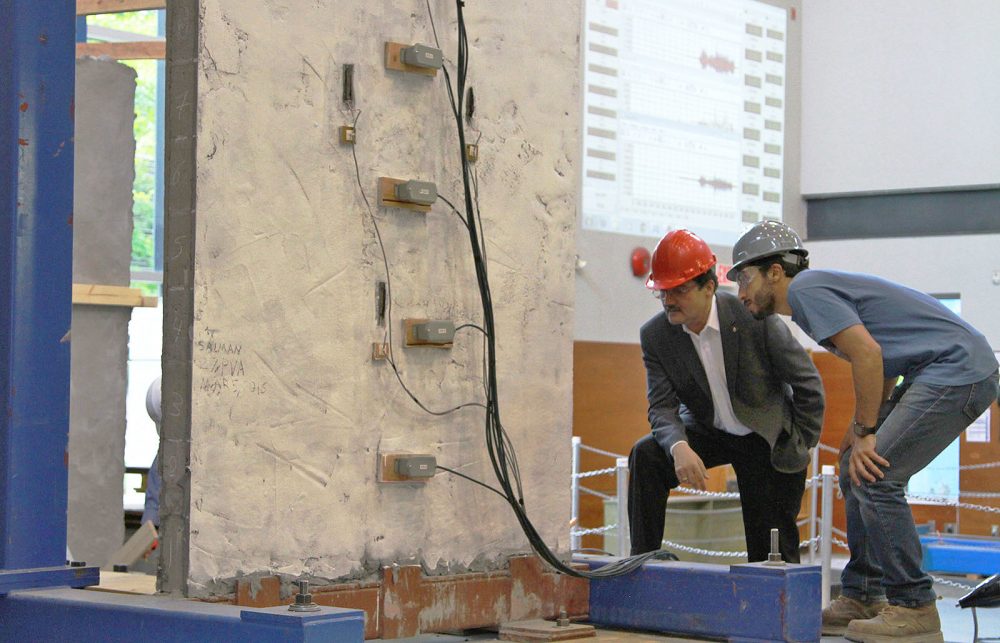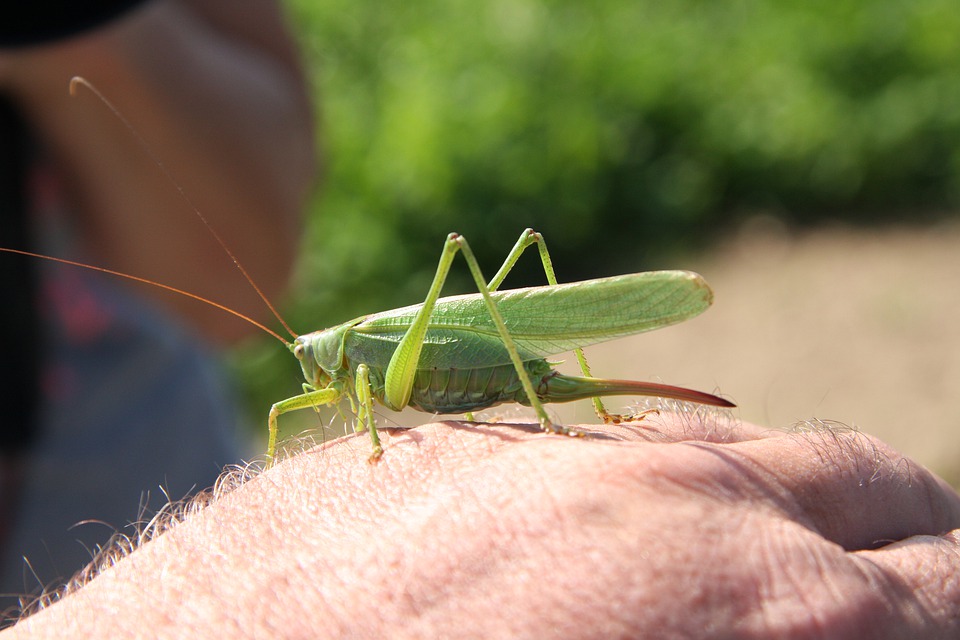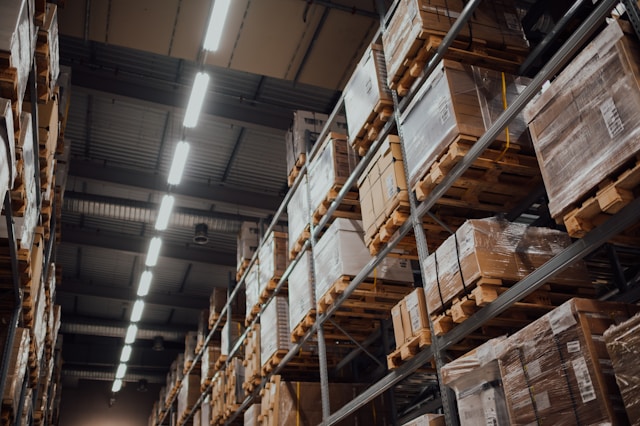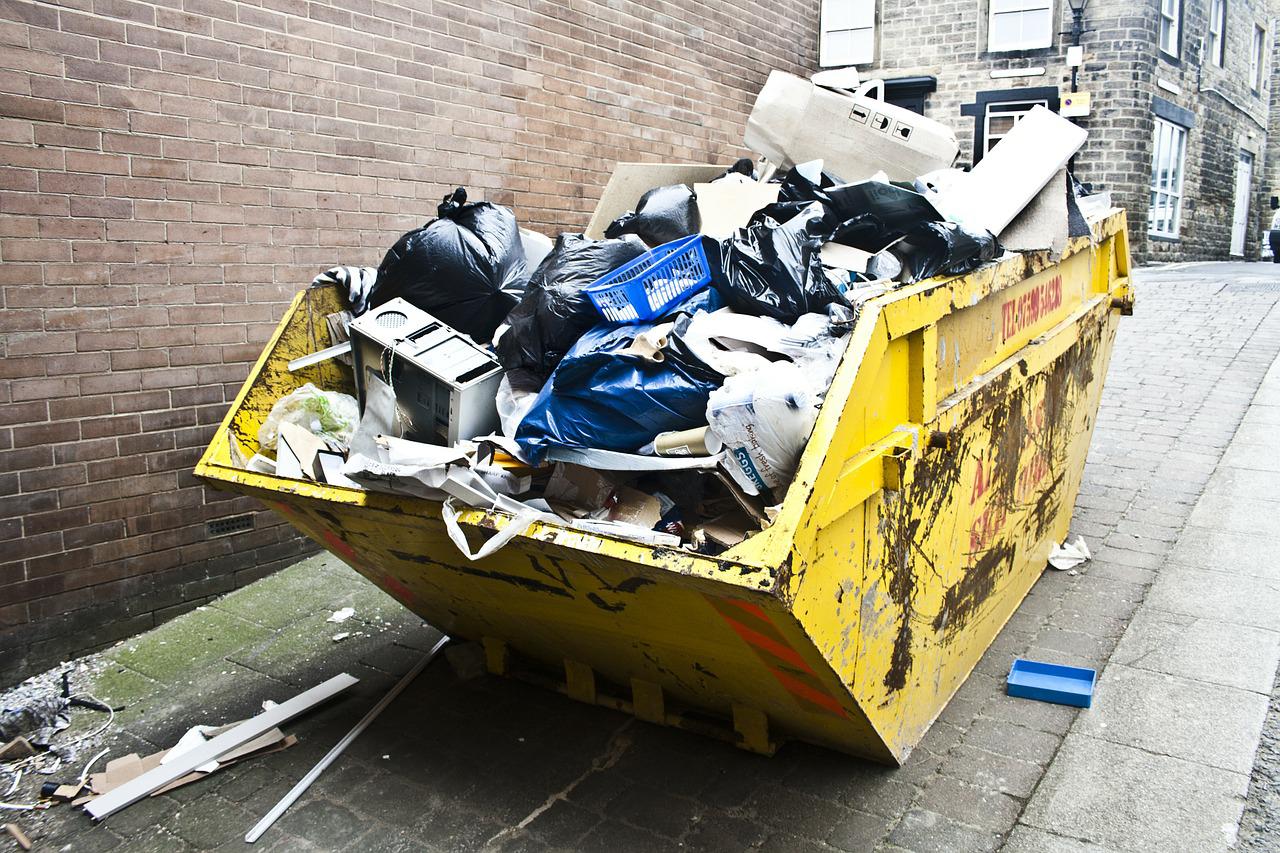Earthquakes bring devastation, upheaval, and disaster. Apart from turning an entire landscape into shambles, an earthquake can bring the lives of thousands of people to a complete standstill. The magnitude of destruction has only gotten worse due to the prevalence of high-rise buildings. Now, in a major earthquake-resistance engineering breakthrough, researchers from the University of British Columbia (UBC) have developed an eco-friendly super concrete that can be sprayed on the exterior of buildings to make them as strong as steel.
Super concrete is rugged enough to resist the seismic shocks generated by a magnitude 9.0 earthquake
The fiber-reinforced super cement is called eco-friendly ductile cementitious composite (EDCC). It is predominantly composed of fly ash, which replaces nearly 70 percent of the cement. It can prevent severe damage, even when faced with an earthquake similar to the magnitude 9.0 earthquake that hit Tohoku, Japan, in 2011.
UBC professor and project supervisor Nem Kumar Banthia said, “The cement industry produces close to 7 percent of global greenhouse gas emissions. By replacing nearly 70 percent of cement with fly ash, we can reduce the amount of cement used. This is quite an urgent requirement, as one ton of cement production releases almost a ton of carbon dioxide into the atmosphere.”
“We sprayed a number of walls with a 10-mm-thick (one-half-in.) layer of EDCC, which is sufficient to reinforce most interior walls against seismic shocks,” says Salman Soleimani-Dashtaki, a UBC engineering Ph.D. candidate. “Then, we subjected them to Tohoku-level quakes and other types and intensities of earthquakes—and we couldn’t break them.”







